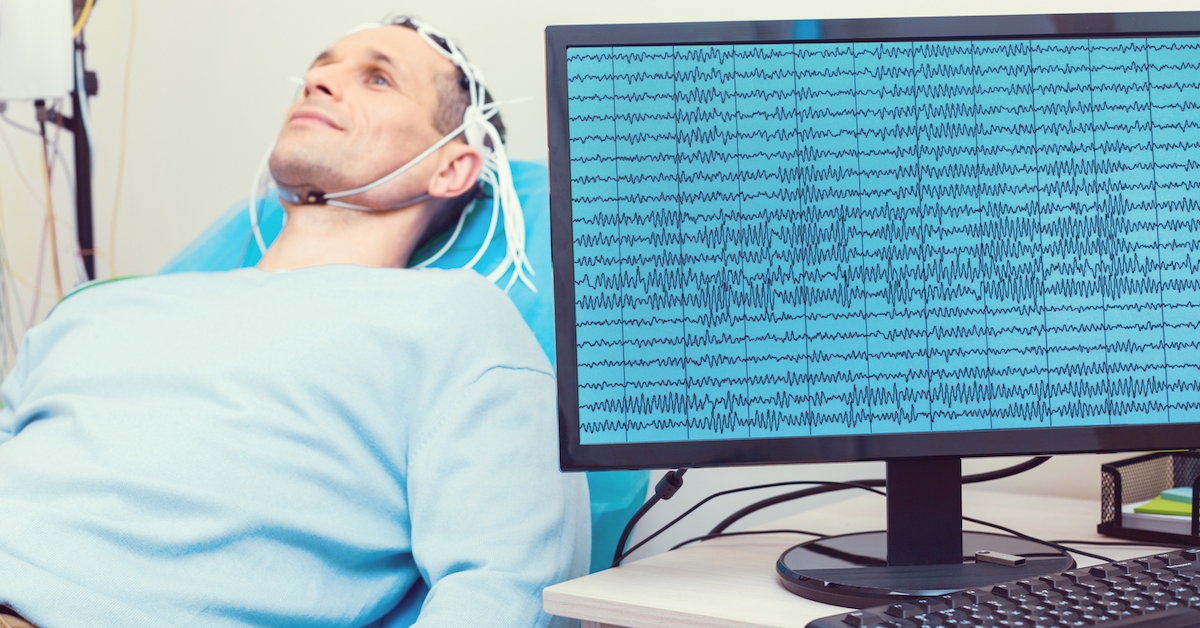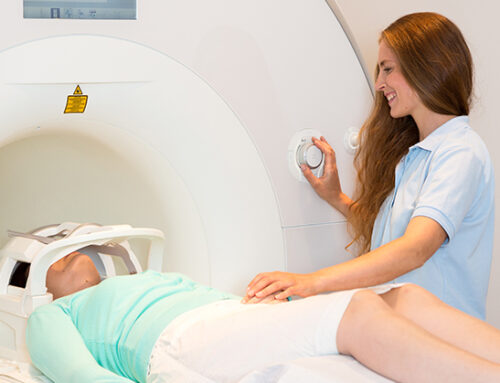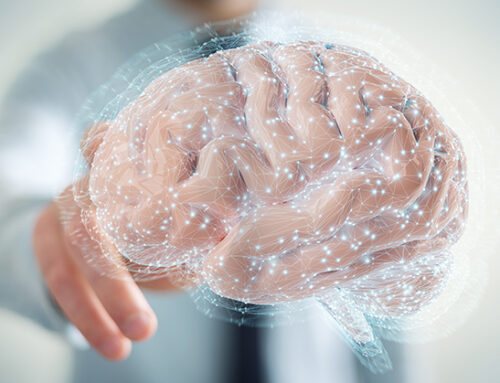I’m sure that if you’ve watched a sporting event on TV or gone to a game, you’ve seen the fans in the stands do “the wave” – standing up and sitting down in a coordinated way that sends a wave around the ballpark.
Well, scientists studying the brain say that its neurons send electrical signals and information from cell-to-cell in a similar way – firing off in waves that travel through the brain.
These signal-carrying waves are called brainwaves. They’re measured and analyzed with an EEG – electroencephalography — a test most of us have probably had in a doctor’s office at one time or another. It’s a non-invasive procedure to analyze the brain’s electrical activity.
There is a lot about brainwaves that nobody understands, but as time goes by researchers are uncovering some remarkable facts and uses for these phenomena.
Memory and Theta Waves
Theta waves are brainwaves that pulse about five or six cycles per second. Researchers at the University of California-Davis, who have been studying them, say waves of this type are linked to brain activity that keeps track of what you’re doing – such as finding your way through a maze or driving a particular route home.
The researchers have also found that high levels of theta waves in the brain right before you try to memorize something are connected to better learning.
To test whether so-called “entrainment” devices, that are available for purchase, can boost theta wave activity and improve memory, the scientists analyzed the effects in a series of experiments.
The brainwave entrainment machines use both sound and lights to stimulate theta brain waves. In this particular trial, the participants used the machines for 36 minutes before testing their memories.
And the device worked – theta waves were enhanced and memory improved. “What’s surprising is that the device had a lasting effect on theta activity and memory performance for over half an hour after it was switched off,” says researcher Charan Raganath.
Bedsides that, when the brainwave machines were used in the mode that’s supposed to enhance beta wave activity – a different type of brainwave that takes place at 12 to 30 cycles a second – the devices still increased theta wave activity and memory.1
Manipulate Your Brainwaves to Reduce Pain
But there’s another surprising use for brainwaves: In the right circumstances, you can use them to reduce a friend or loved one’s pain.
Research at the University of Colorado and the University of Haifa in Israel show that if you sympathize with someone who’s in pain and hold their hand, your breathing and heart rate will synchronize with theirs and, when your brainwaves go into sync, their pain lessens.2
And the more you empathize with their suffering, the more your brainwaves coordinate and the greater their pain drops.
But it works only if you hold their hand.
“We have developed a lot of ways to communicate in the modern world and we have fewer physical interactions,” says researcher Pavel Goldstein. “[Our study] illustrates the power and importance of human touch.”
The study focused on 22 heterosexual couples who had been together for a year or more. In each test, the female half of the couple was subjected to mild heat pain. The analysis showed that “interpersonal synchronization” of brainwaves took place in what is called the alpha mu band, a wavelength associated with focused attention.
But if the couple didn’t hold hands, the synchronization was weaker and the pain did not diminish.
The researchers in this study don’t understand how brainwaves between people become synchronized. But other studies show that even during everyday conversations, our brainwaves may go into sync to some degree with another person’s.3
The years to come will likely bring more fascinating discoveries about different kinds of brainwaves. Studies already exist that demonstrate how brainwaves ripple across the brain and help us learn and remember our experiences.4
Of course, as we learn more about these intriguing phenomena, I’ll keep you updated.







